"CARE,PROTECT,GROW": THE U.S.COMPLIANCE BLOG
Filter by Topic
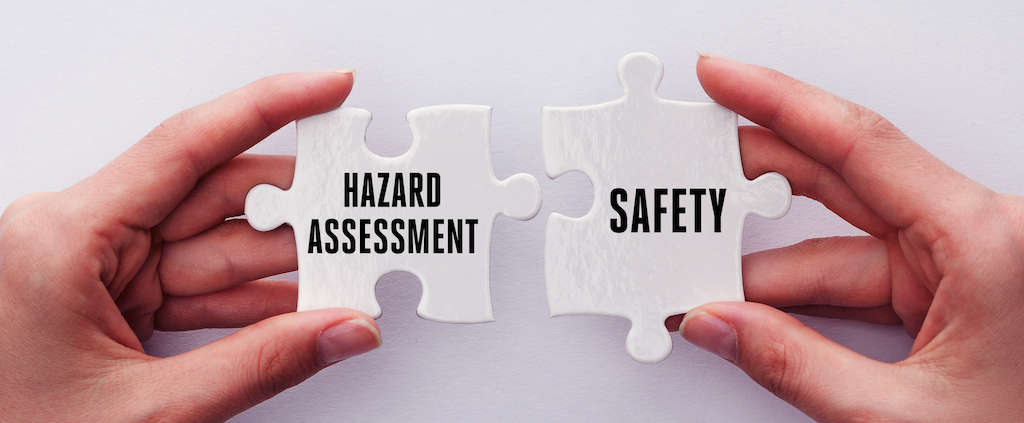
Hazard Assessment – Ways to Complete and Benefits of the Process
Do you know what hazards are present in your facility? More importantly, do you know what controls are in place to mitigate those hazards? Identifying
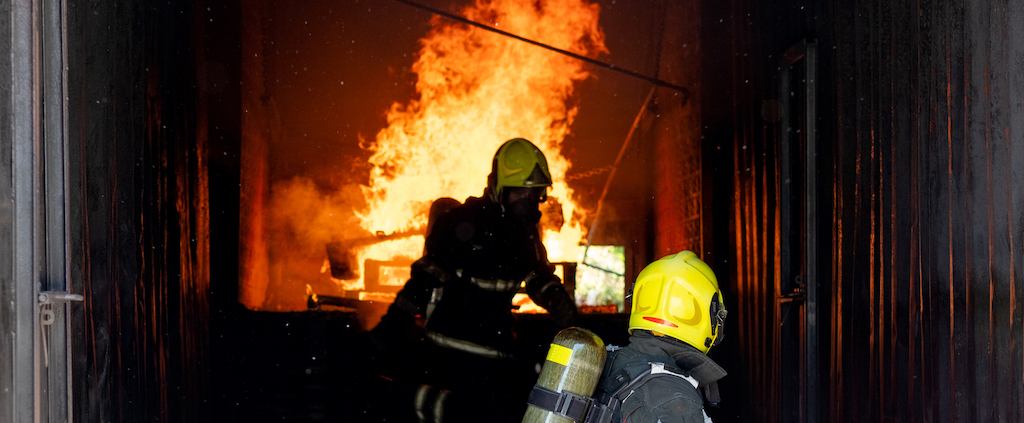
Key Methods to Prevent Loss by Preparing for Fire-Related Emergencies
Receiving a call in the middle of the night about an emergency at your facility is unnerving. Thoughts race through your head as to what

OSHA’s Fatal Four– A Step Towards the Prevention of Serious Injuries and Fatalities
The need to focus on the prevention of the most tragic of injuries, life-changing injuries and fatalities, has become clear. Although non-fatal injury rates continue
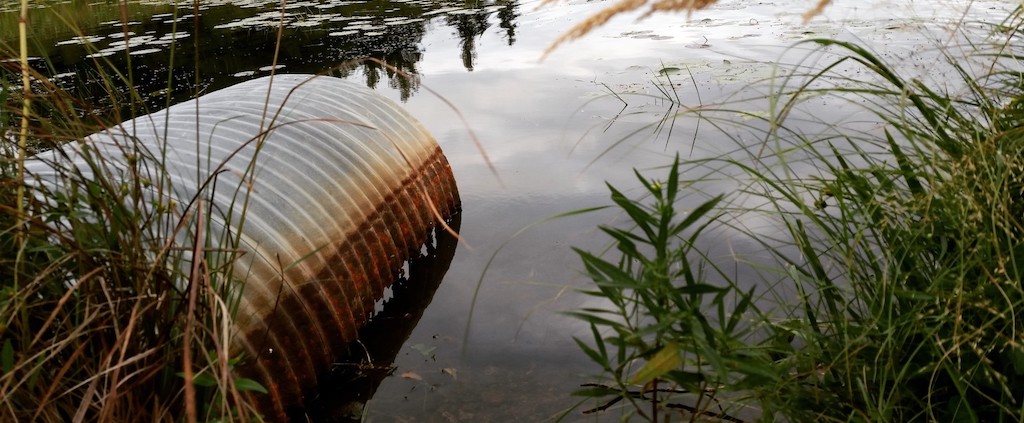
What You Need to Know About the Texas Stormwater Permit Renewal
The Texas Commission on Environmental Quality (TCEQ) has issued the new Multi-Sector General Permit (MSGP) TXR050000 for industrial facilities, effective August 14, 2021. This permit

Active Shooter in the Workplace
It may be an uncomfortable topic to address, but the reality is that severe workplace violence incidents can happen at any time, in any facility.
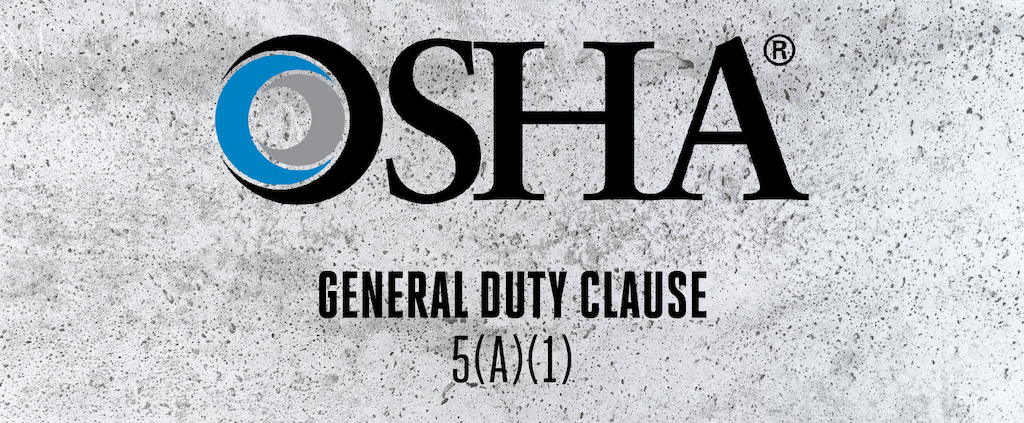
OSHA Inspections – The General Duty Clause
While you may be familiar with OSHA inspections that result in violations of 29 CFR 1910, 1926, 1904, etc., have you experienced a citation that
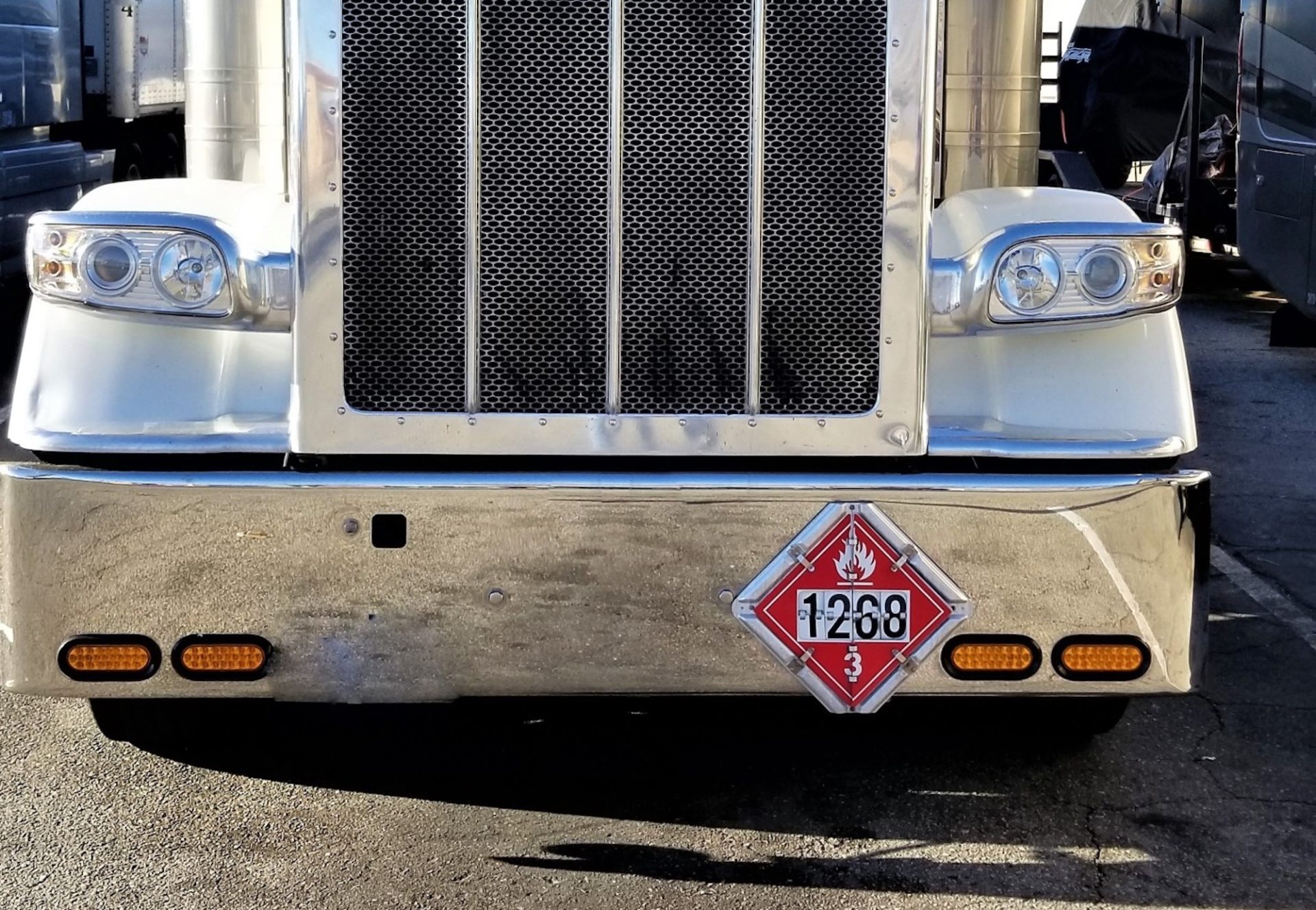
DOT HazMat – Understanding Training Needs in Manufacturing
Transporting hazardous materials requires care, attention, and specific training certified by the Department of Transportation (DOT). It’s essential that employers understand what qualifies as a

Temporary Workers – Preparing Your Company When Bringing in Additional Help
Hiring temporary workers has increased more than ever in today’s work environment. This can create many opportunities for staffing agencies and host employers looking to

Injury Management 101
Injury management is an important part of any facility’s safety management program. Facilities should have a plan to prevent injuries from happening, as well as

Stormwater Pollution Prevention Plans (SWPPPs): Keeping Your Plan Compliant
If your facility performs industrial activities outside or has outdoor storage, there is a good possibility that you are applicable to general industrial stormwater permitting.

OSHA’s Regulatory Agenda, Strategy and Emphasis Programs – Setting Up Your Year for Success
OSHA’s Regulatory Agenda Understanding OSHA’s regulatory agenda and priorities for 2021 can help your business maintain compliance and avoid costly fines. OSHA’s Regulatory Agenda and

Safety Committees – Tips for an Effective Team
Safety Committees can be a multifaceted tool within any organization’s Health and Safety program. According to an article from EHS Today by Guy Burdick, “Having
